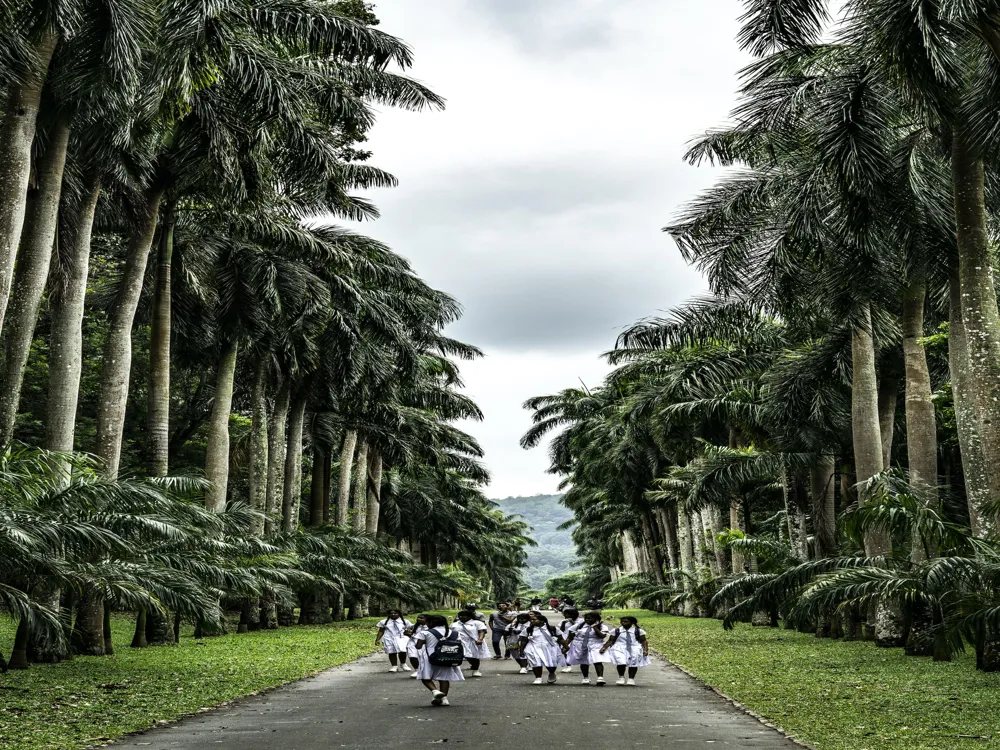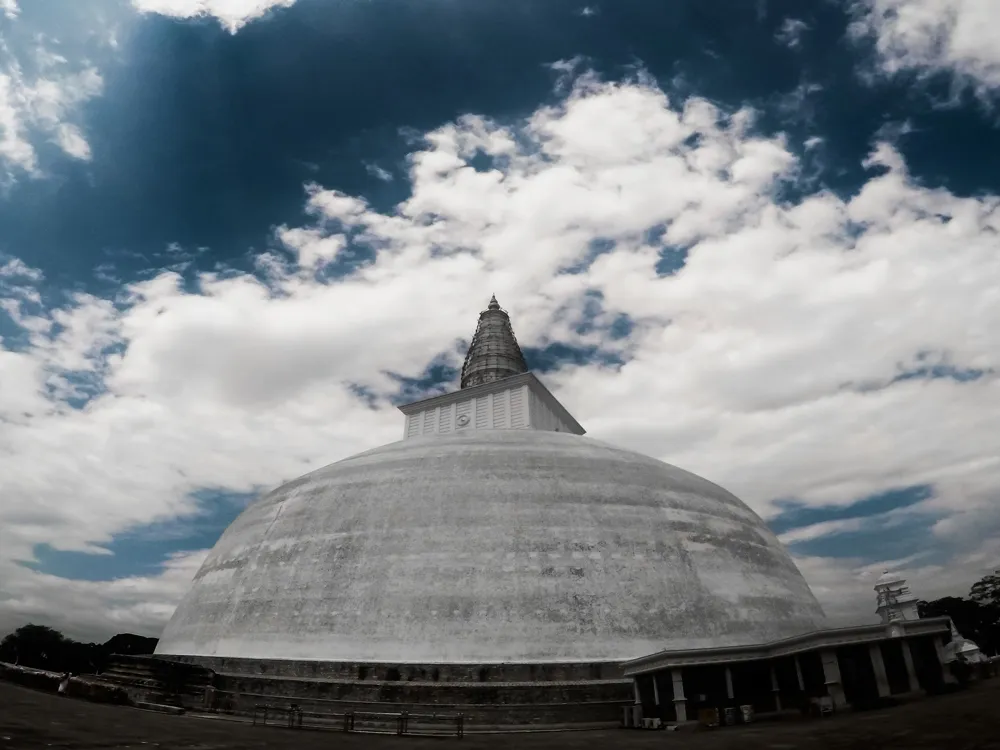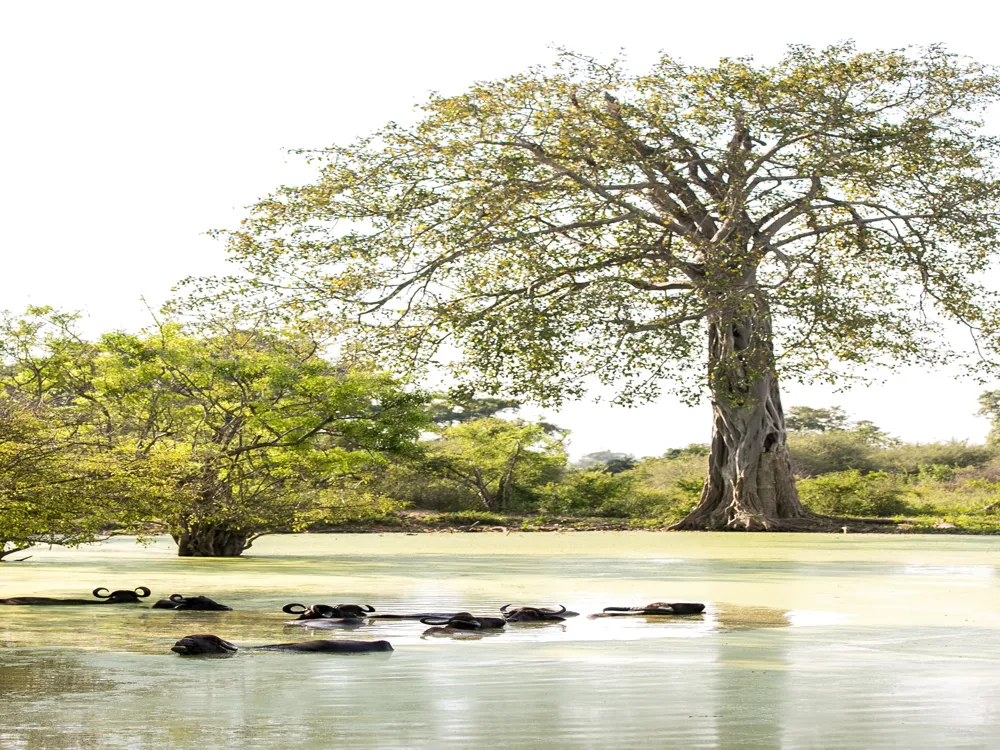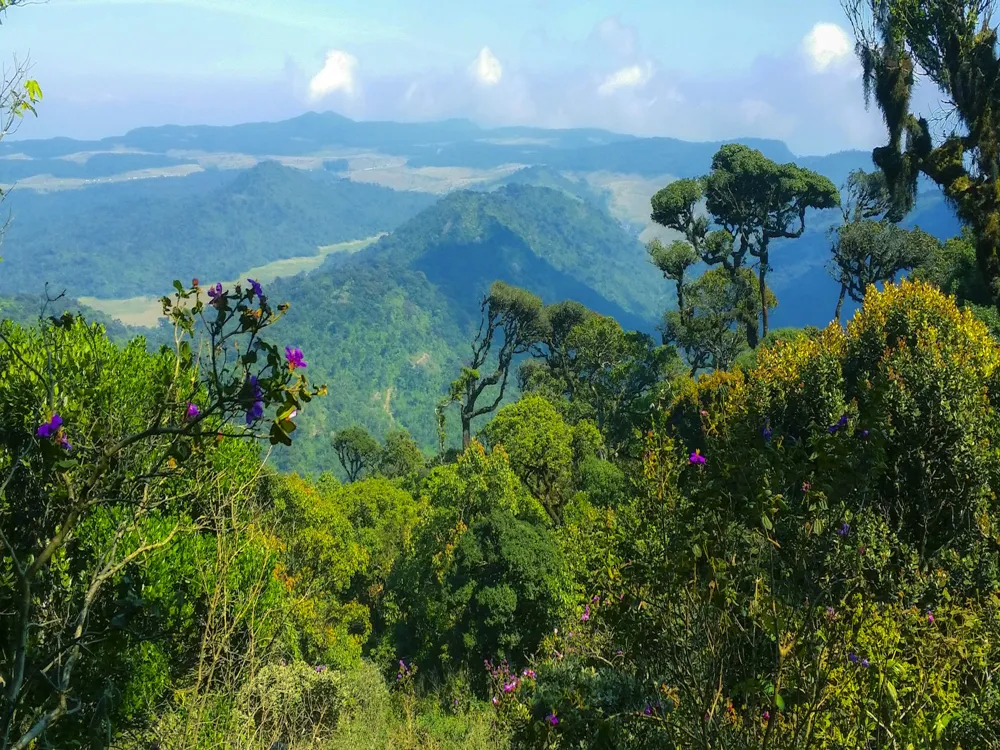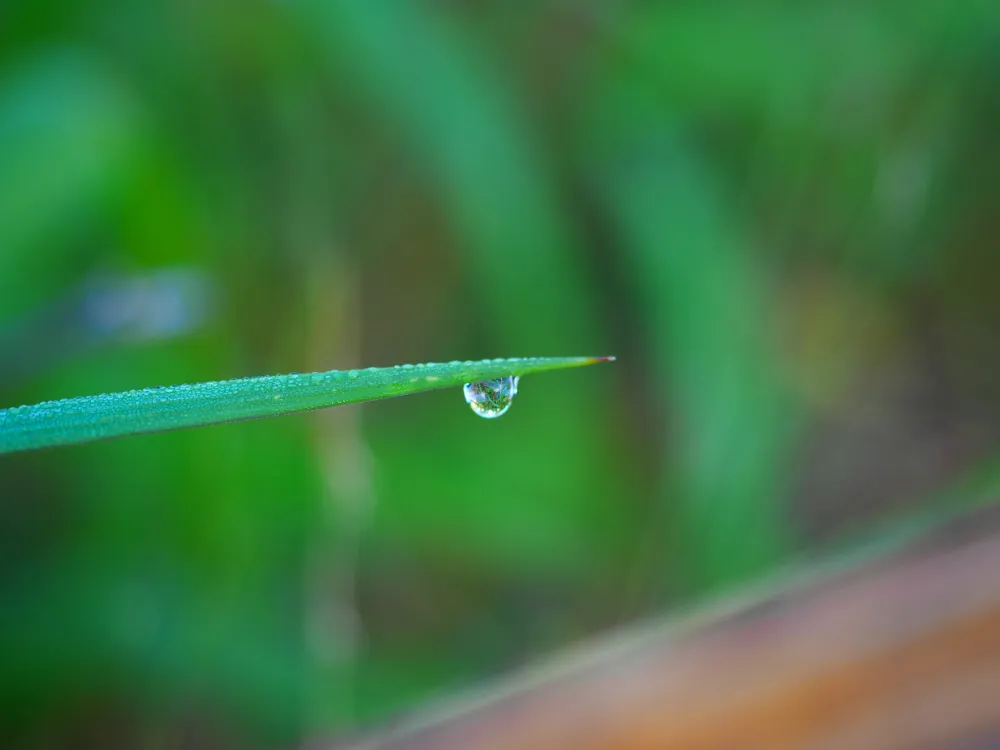Nestled in the lush landscapes of Haputale, Sri Lanka, the Dambatenne Tea Factory is a testament to the rich history and culture of Ceylon tea production. Founded in 1890 by Sir Thomas Lipton, the factory is not just a production facility but a symbol of the evolution of tea in Sri Lanka. This overview aims to shed light on Dambatenne Tea Factory's integral role in the world of tea, from its historical significance to its current operations. The journey of the Dambatenne Tea Factory began over a century ago when Sir Thomas Lipton saw the potential in the Haputale's climate and soil for cultivating tea. Since then, the factory has been producing some of the finest teas in the world. Its location, perched amidst the misty hills of Haputale, provides the perfect conditions for growing high-quality tea leaves. The factory's historical roots are evident in its operations and methodologies, many of which have remained unchanged since the 19th century. As one of the oldest and most significant tea factories in Sri Lanka, Dambatenne has played a pivotal role in shaping the country's tea industry. The factory is renowned for its traditional tea-making processes, which have been refined and perfected over decades. The production line, from plucking to packaging, is a marvel of efficiency and tradition. Visitors to the factory can witness the journey of tea leaves, from the lush green fields to the steaming cups, a process steeped in tradition and expertise. Dambatenne Tea Factory is not just a place for production but also a center for learning and discovery. Here, one can immerse themselves in the world of Ceylon tea, understanding its nuances, varieties, and the skill involved in its creation. The factory serves as a bridge between the past and present, offering insights into the evolution of tea production and its future direction. The architecture of the Dambatenne Tea Factory is a fascinating blend of functional industrial design and historical significance. Built-in the late 19th century, the factory’s structure reflects the colonial era's architectural style, characterized by its sturdy construction, high ceilings, and expansive windows. The architecture is not just about aesthetic appeal but is intrinsically linked to the tea-making process. The factory's design facilitates the natural flow of tea processing, from the withering of the leaves to the final stages of drying and sorting. The large windows and high ceilings, typical of the period's industrial buildings, provide ample natural light and ventilation, essential for tea processing. The layout of the factory is a testament to the foresight of its builders, ensuring that each stage of the tea-making process is seamlessly integrated. Over the years, while the factory has seen modernizations in terms of machinery and technology, the essence of its original architecture remains intact. This blend of the old and new symbolizes Dambatenne Tea Factory’s commitment to maintaining its rich heritage while adapting to modern demands. The architectural design is not just a backdrop but a living part of the tea-making process, contributing to the unique flavor and quality of the tea produced here. Before visiting Dambatenne Tea Factory, it's advisable to check the operating hours and book a guided tour. This ensures a comprehensive experience, allowing you to see the factory in full operation and learn from knowledgeable guides. Wear comfortable clothing and shoes suitable for walking. The factory is a working environment, and some areas may require careful navigation. Always ask for permission before taking photos. Some areas of the factory may restrict photography due to privacy or safety concerns. Don't miss the opportunity to taste the various teas produced at Dambatenne. It's a unique experience to savor tea right where it's processed. The factory is situated in an environmentally sensitive area. Be mindful of your impact, and avoid littering or disturbing the natural surroundings. Dambatenne Tea Factory is located in Haputale, a town in the Uva Province of Sri Lanka. It can be accessed by various means of transportation. For those traveling by car, it is approximately a 200 km drive from Colombo via the A4 highway. Public transportation options include trains and buses, with Haputale being a major stop on the Colombo-Badulla railway line. Taxis and local tuk-tuks can also be hired from Haputale town to reach the factory. It's advisable to check the local travel advisories and schedules for the latest information. Read More:Overview of Dambatenne Tea Factory
Architecture of Dambatenne Tea Factory
Tips When Visiting Dambatenne Tea Factory
Plan Your Visit
Dress Appropriately
Photography Guidelines
Tea Tasting
Respect the Environment
How To Reach Dambatenne Tea Factory
Dambatenne Tea Factory
Haputale
₹ 38,997 onwards
View haputale Packages
Weather :
Tags : Museum
Timings : 8:00 AM - 6:00 PM
Time Required : May to July
Entry Fee : LKR 250
Planning a Trip? Ask Your Question
Haputale Travel Packages
View All Packages For Haputale
Top Hotel Collections for Haputale

Private Pool

Luxury Hotels

5-Star Hotels

Pet Friendly
Top Hotels Near Haputale
Other Top Ranking Places In Haputale
View All Places To Visit In haputale
View haputale Packages
Weather :
Tags : Museum
Timings : 8:00 AM - 6:00 PM
Time Required : May to July
Entry Fee : LKR 250
Planning a Trip? Ask Your Question
Haputale Travel Packages
View All Packages For Haputale
Top Hotel Collections for Haputale

Private Pool

Luxury Hotels

5-Star Hotels

Pet Friendly












